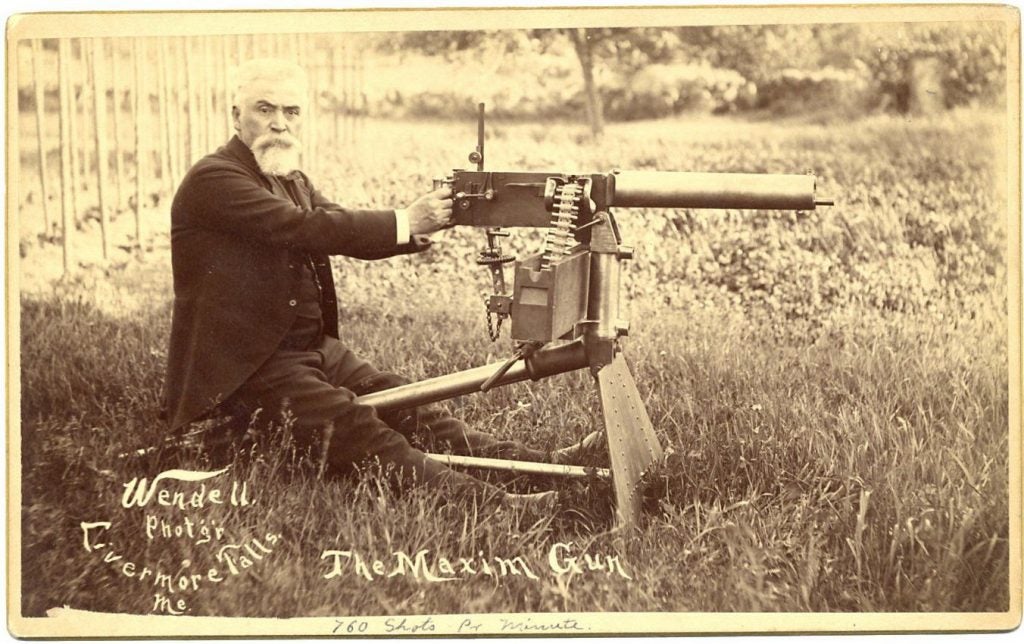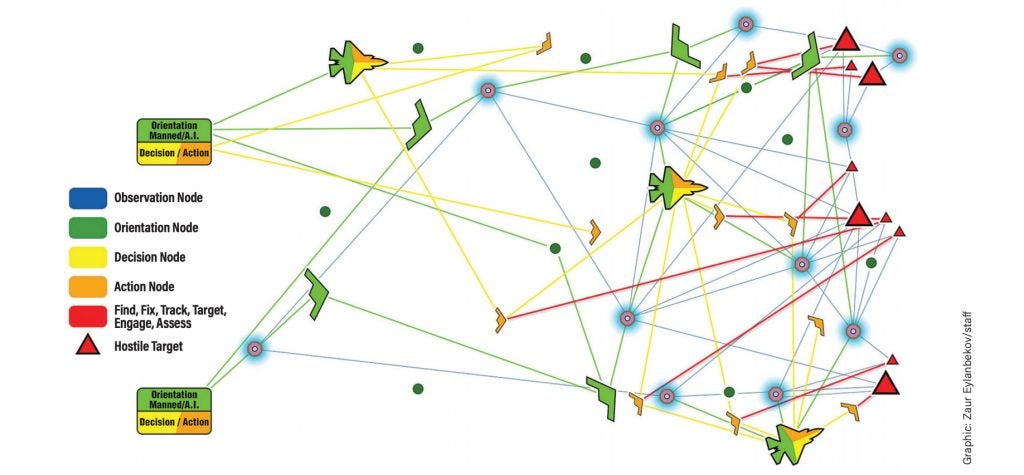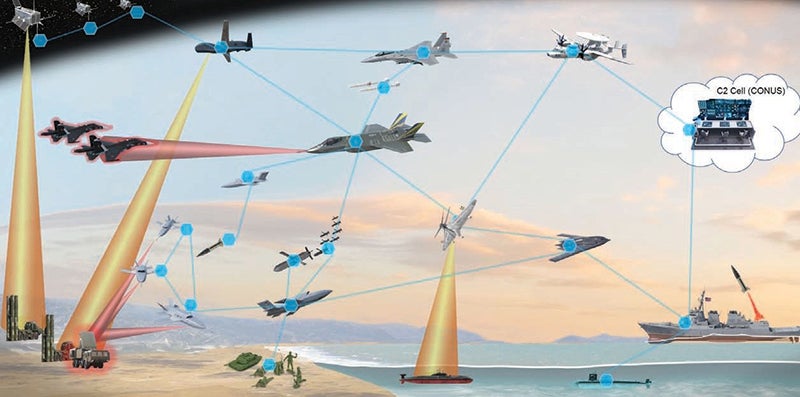DARPA Seeks Moving Target Recognition
Military technologies have a strong impact on the military paradigm, as the new technologies being employed alter the way war is fought. One can say that the Maxim Gun and the industrial scale of war it came to characterise, shaped the nature of war during World War I or it is undeniable that precision-guided missiles had a highly significant role in the decisive victory of the coalition forces in the Gulf War.

Recently, emerging technologies such as big data and artificial intelligence are the possible shapers of the future battlefield. Many military analysts foresee that these new technologies will inevitably create autonomous weapons and this equipment will cause a holistic change in the paradigm of warfare. Center for a New American Securit (CNAS)’s Paul Sharre made a detailed examination of autonomous weapons in his book Army of None. His work explains that every country should prepare for this new paradigm. In the United States, the Defense Advanced Research Projects Agency (DARPA) is the pioneer of the adaptation process and recently issued solicitation for the moving-target recognition project.
According to a recent C4ISRNET article, DARPA has issued a broad agency announcement for technology that would use algorithms to identify moving military ground vehicles. The Moving Target Recognition project is a significant one for the Agency’s Strategic Technology Office, the significance of the project comes from the Agency’s Mosaic Warfare vision. The project aims to embed algorithms and advanced data collection methods with radars to “detect, geolocate, and image moving ground targets”.

Initial tests for moving target recognition include airborne data collection experiments which would test and evaluate the effectiveness of algorithms. As the announcement (which has not currently been made public) notes the Moving Target Recognition program has two phases, the first phase focuses on geolocation, imaging, and determining the location of moving targets. The second phase focuses on the automatization process via algorithms which will make platforms able to detect a moving target via machine learning. Whether the harnessing of algorithms for moving target recognition will have the same impact as the industrialisation of war during the early 20th century remains to be seen but the paradigm of war will continue to shift as technology advances.

